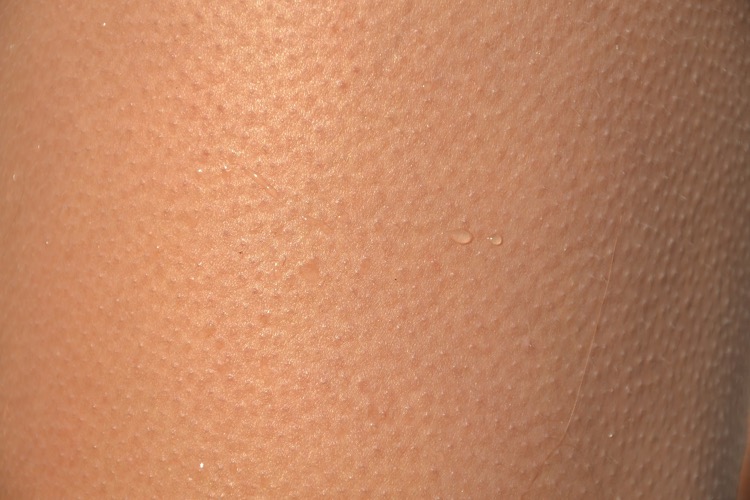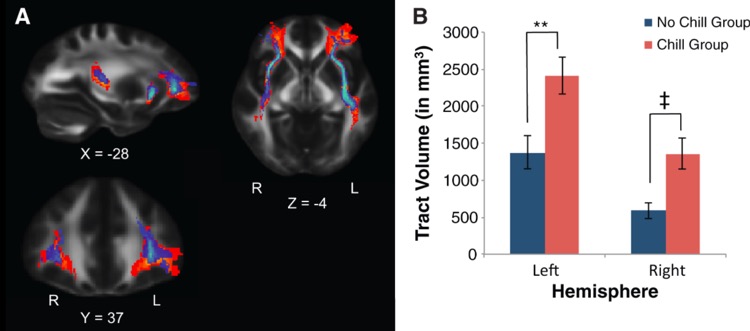Getting Music-Induced Goosebumps? Your Brain Is Uniquely Wired
Getting goosebumps from music is a unique physiological response that only certain people experience, according to scientific research. This phenomenon has a biological basis in the brain's structure and neural connections.
Matthew Sachs, during his undergraduate studies at Harvard, discovered that people who get music-induced goosebumps have a denser volume of fibers connecting their auditory cortex to emotional processing areas. This unique brain structure allows for stronger emotional responses to musical stimuli.

Goosebumps with water droplets on skin
Key findings about music-induced goosebumps:
- It's experienced by only a portion of the population
- People who experience it have different brain structures
- The sensation involves changes in breathing and heart rate
- Some people are physically unable to experience musical pleasure
- These stronger neural connections may indicate enhanced overall emotional processing

Brain scan showing music-induced goosebumps
This research has potential therapeutic applications, particularly for treating depression. Since music can trigger intense pleasure responses, it could be used in therapy to help patients explore and process emotions more effectively.
The initial study examined 20 participants, carefully selected from a group of 237 people. While the exact percentage of people who experience this phenomenon remains unknown, ongoing research at USC's Brain and Creativity Institute continues to explore these neural differences and their implications.
The findings represent the first scientific evidence explaining why some people have stronger emotional responses to music than others, suggesting that music's role in human evolution may be connected to its ability to facilitate social-emotional communication.
